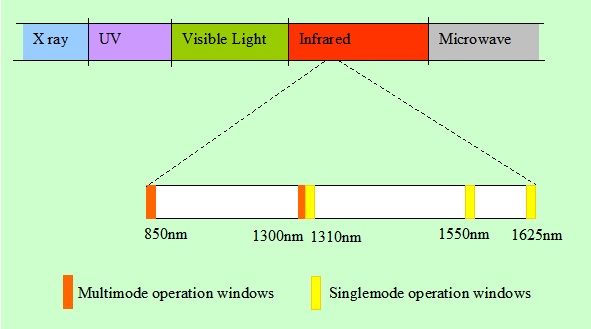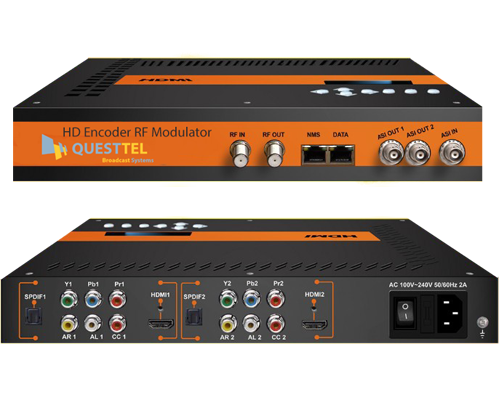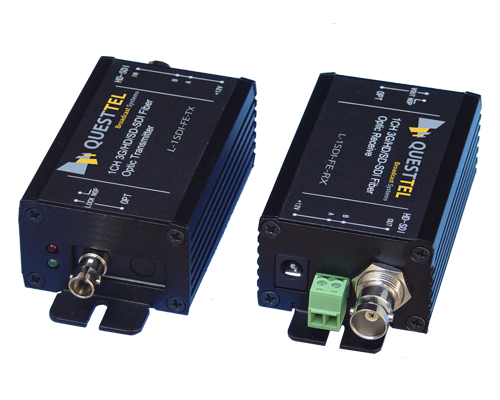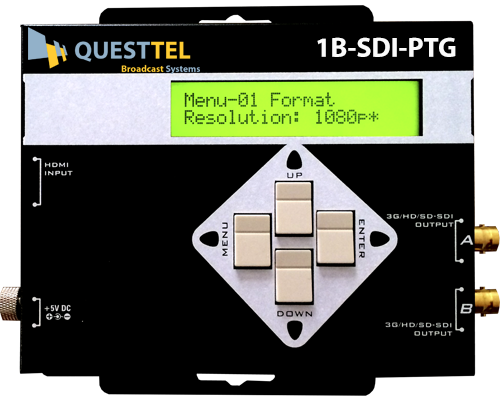Introduction to Fundamentals of Optical Fibers
Fiber optics is a unique and wonderful medium for optical communication and transmission. Fiber has some clear advantages over conventional communication media such as copper wire, microwave, co-axial cables etc.
The first and major advantage is fiber’s high transmission capacity i.e., optical fiber can carry information at higher data rates over very long distance. Since optical fibers are made of a dielectric material, fibers are immune to radiated and conducted interference. It is said that it is nearly impossible to tap an optical fiber, therefore fiber optic transmission is very secure compared to any other medium of communication. Optical fiber is small and light weight which is one of the major issue whenever weight and bulk are a practical concern.
The carrier of fiber optics is light. Light is an electromagnetic radiation. It can be viewed either as photons or waves and travels at the speed of 3,00,000 kms/sec. Both view points are valid and hold valuable theoretically.
The term ‘light’ is commonly used to refer to visible light that occupies a tiny portion of the electromagnetic spectrum from 391 to 770 nm. However, because of the transmission properties of optic fibers, light wave systems use radiation with wavelengths ranging from approximately 800 to 1600 nm. These wave lengths belong to the Infrared (IR) portion of the electromagnetic spectrum, but the term light wave is commonly used when referring to them.
The light used as carrier in optical fiber transmission systems is an electromagnetic wave with a wave length around 1 µm and oscillation frequency of about 300 THz.

The commonly used and typical fiber optic wave lengths are 850 nm, 1300 nm and 1550 nm. These wavelengths are located in the near infrared range of the electromagnetic spectrum. These 3 wave lengths result from the attenuation characteristics of fiber glass as well as from the availability of semiconductor type sources and receivers. They are referred to as the three wave length windows in optical fiber.
QuestTel shall have no liability for any error or damage of any kind resulting from the use of this document.



